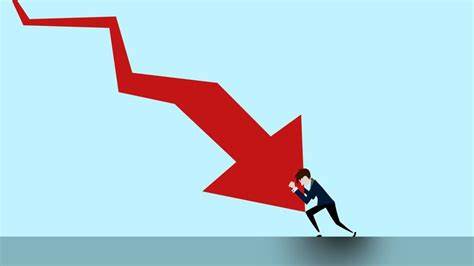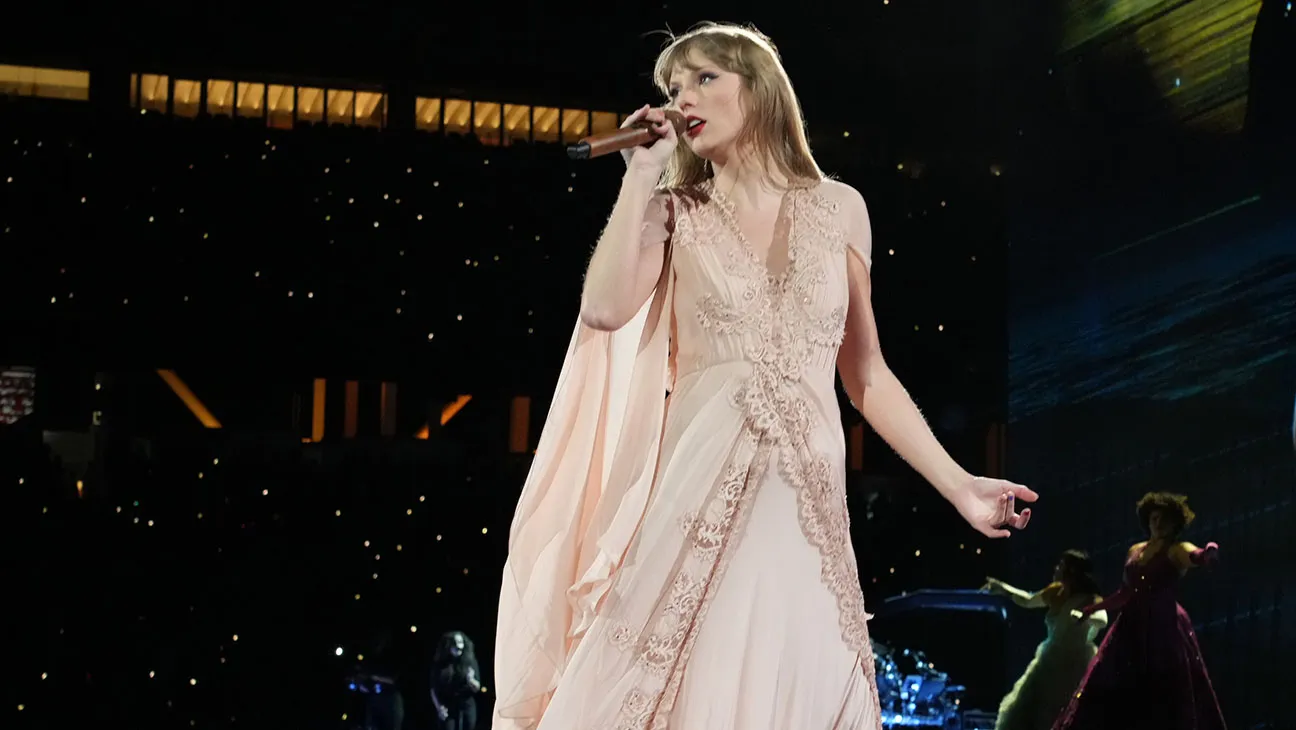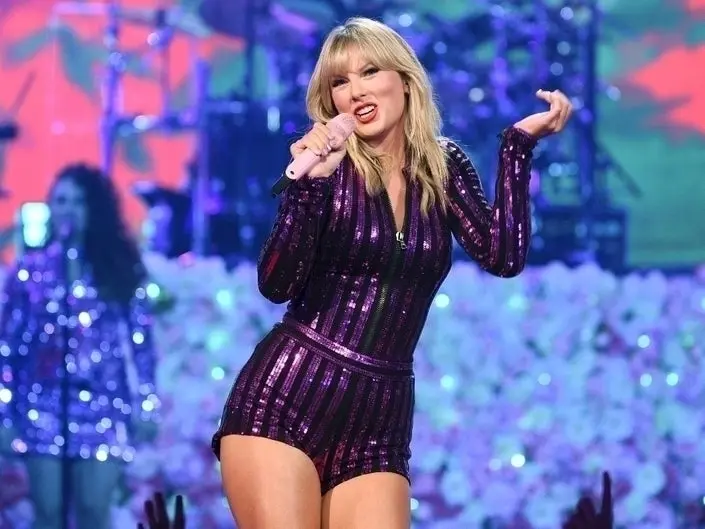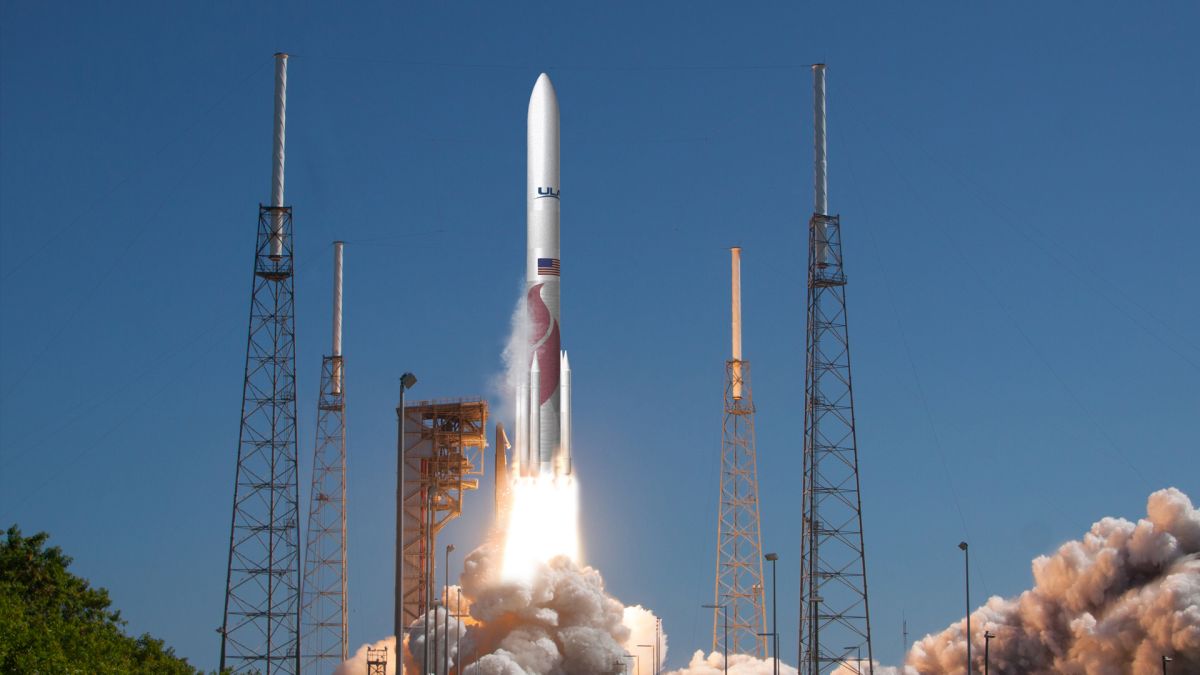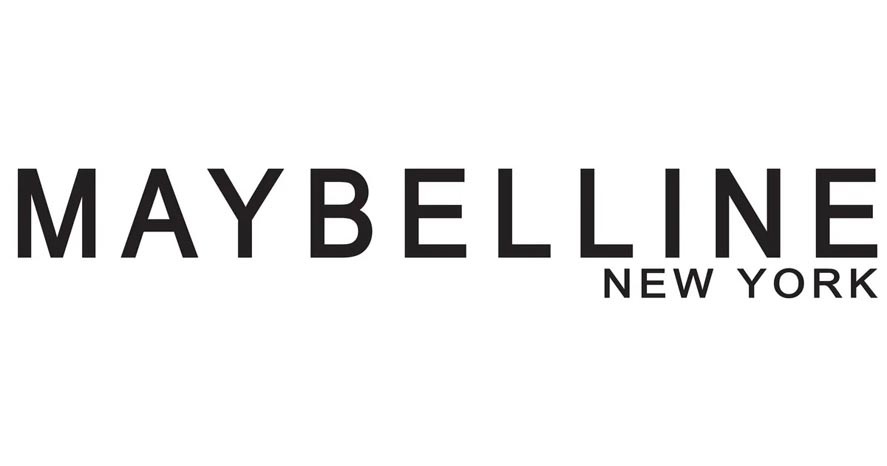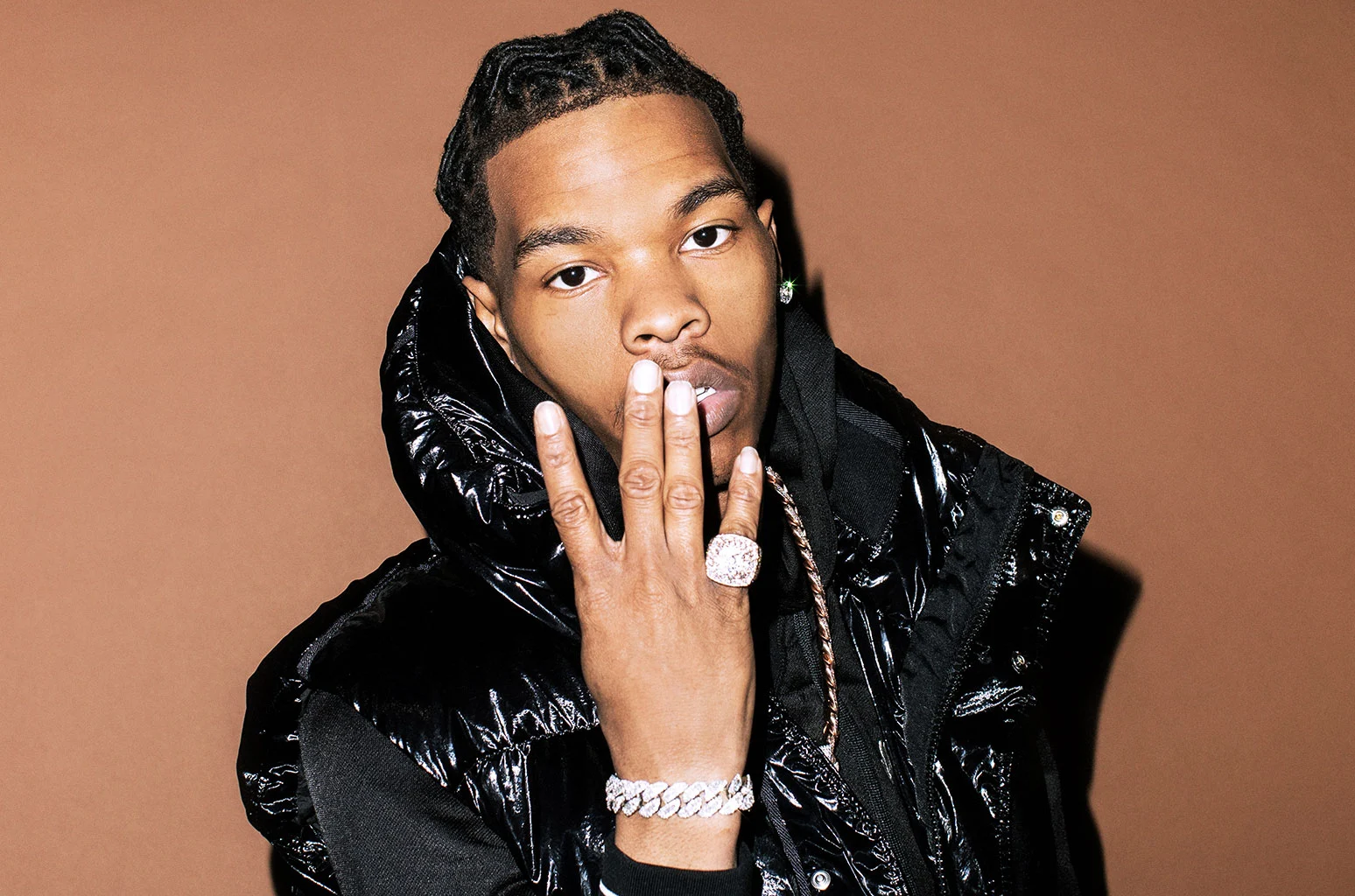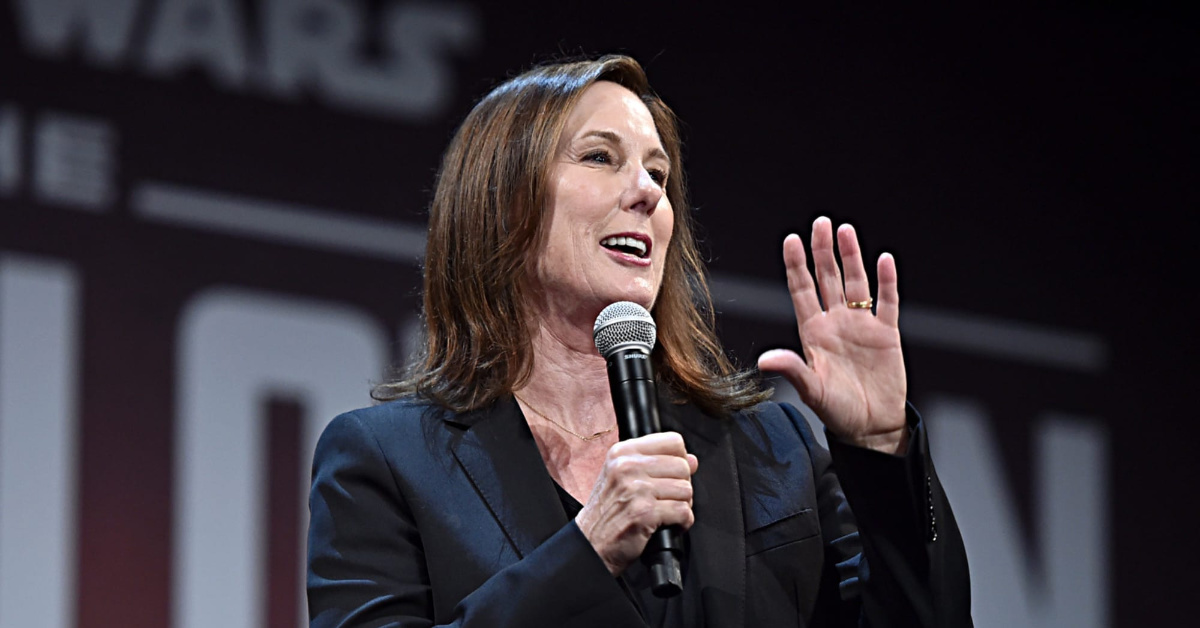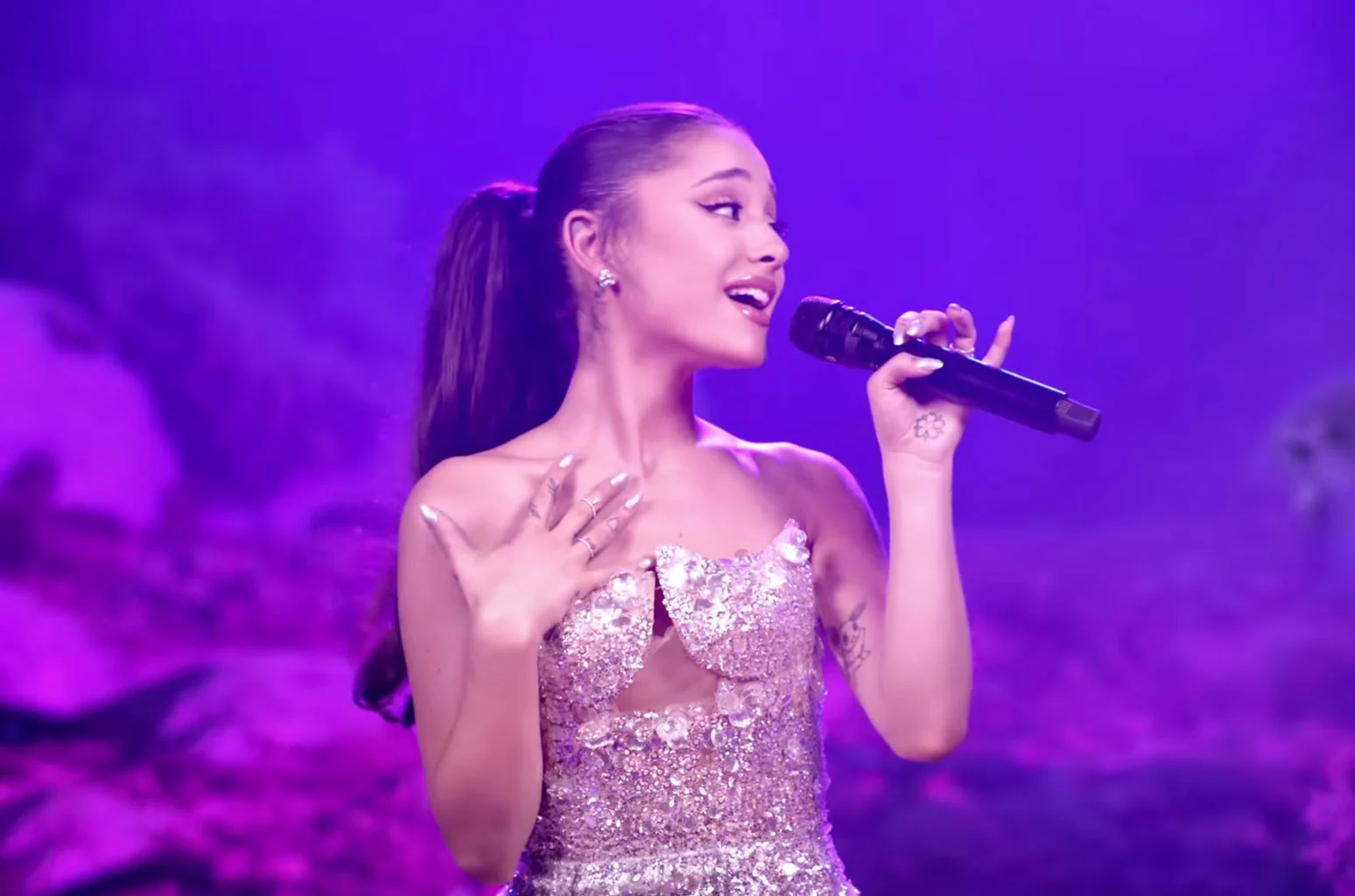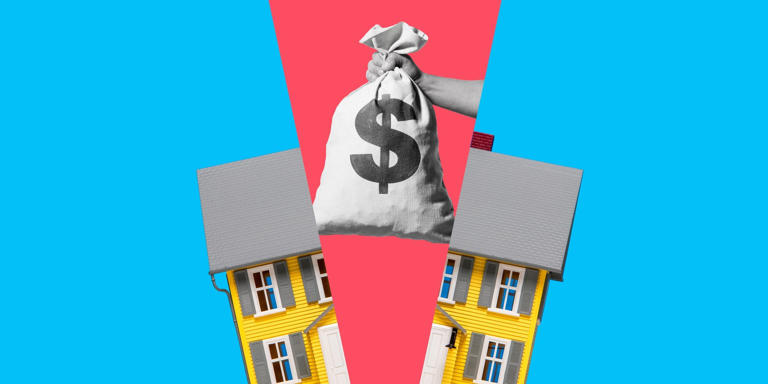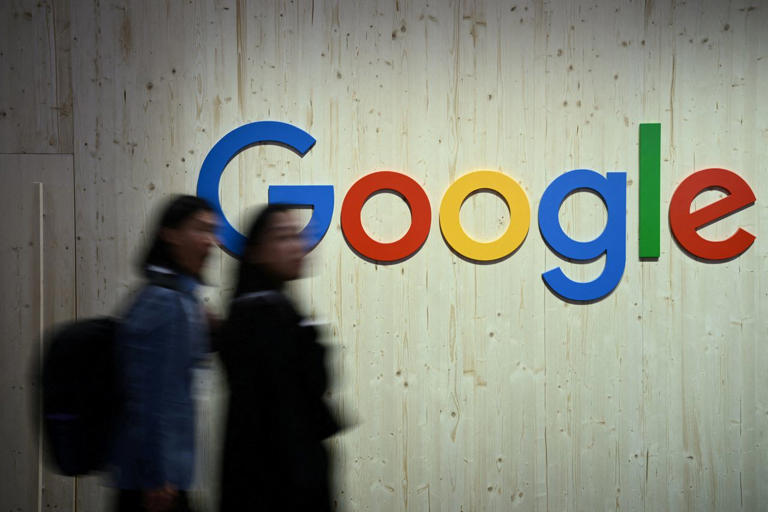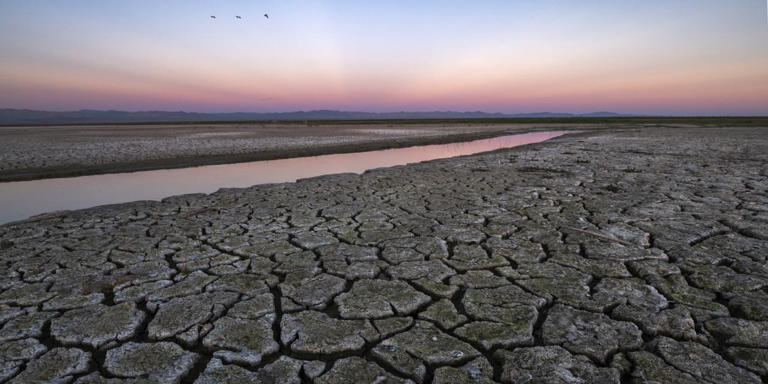The persistent absence of the anticipated recession has become a notable narrative in economic discourse, defying the forecasts of business executives, economists, and investors alike. The continuation of robust hiring trends has fueled consumer spending, driving an economic expansion that stands as an anomaly in recent U.S. history. Over the past year, an impressive 2.75 million jobs have been added by employers, with May alone contributing 272,000 to this tally, according to the latest report from the Labor Department.
The endurance of a low unemployment rate, remaining at or below 4% for an unprecedented 30-month stretch, evokes comparisons to historical periods marked by significant geopolitical turmoil such as the Vietnam War and the Korean War. However, beneath these seemingly positive indicators lie subtle shifts in the labor market landscape. Despite the unemployment rate holding relatively low, there has been a slight uptick from its post-pandemic lows, rising to 4.0% in the previous month from 3.9% in April. Additionally, job vacancies, which had surged during the pandemic, have now retreated to levels seen before the outbreak, raising concerns about a potential increase in unemployment if this downward trend continues.

Nonetheless, the labor market has thus far managed to navigate these imbalances without succumbing to the dreaded recession. Drawing an analogy to a mountain climber traversing a narrow ridge, Glenn Kelman, CEO of real-estate brokerage Redfin, suggests that the economy has demonstrated resilience in the face of various challenges. However, he cautions that recent economic indicators hint at a more precarious economic landscape, potentially signaling risks on the horizon.
The response of the Federal Reserve to prevailing economic conditions remains a crucial factor shaping the current economic environment. After a period of aggressive interest rate hikes in response to inflationary pressures, the central bank now faces the delicate task of balancing concerns about persistent inflation with the risk of triggering a premature economic slowdown. This delicate balancing act underscores the complexity of the current economic landscape and the challenges faced by policymakers in steering the economy on a stable trajectory.
The unprecedented nature of the pandemic-induced economic downturn and the subsequent policy responses have played a significant role in shaping the resilience of the U.S. economy. Strong private-sector balance sheets, bolstered by historically low borrowing costs and robust government stimulus measures, have helped sustain economic activity. However, the housing market presents a notable exception, with rising interest rates dampening demand and constraining supply, underscoring the nuanced nature of the recovery.
Moreover, while high-income consumers have continued to drive spending, low-income households have faced challenges, resorting to credit card borrowing and depleting savings reserves. This divergence in economic fortunes underscores the uneven nature of the recovery and highlights the importance of targeted policy interventions to address systemic inequalities and vulnerabilities.
Looking ahead, the Federal Reserve faces the daunting task of managing the delicate balance between sustaining economic growth and containing inflationary pressures. With the specter of a recession still looming, policymakers must tread cautiously to avoid exacerbating existing vulnerabilities. As stakeholders await further developments, the future trajectory of the U.S. economy remains uncertain, with the delicate balance between sustained growth and potential downturn hanging in the balance.

